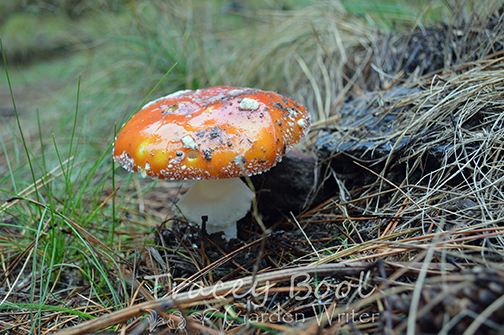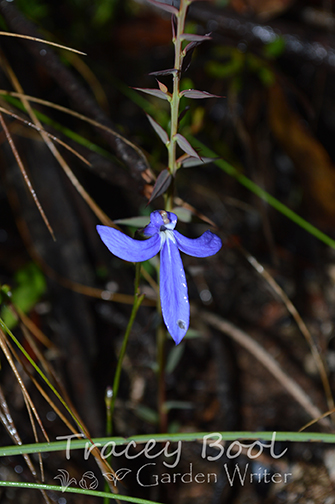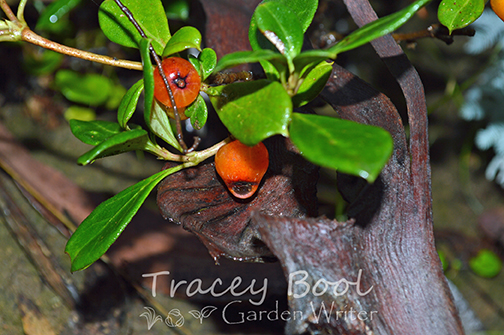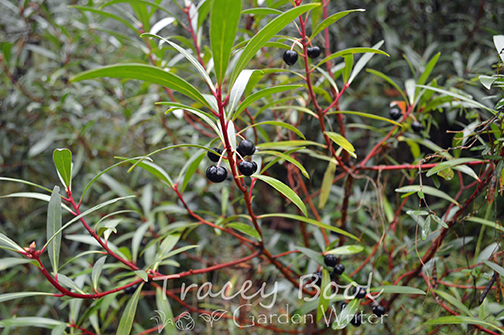|
Out and About in Namadgi
(30 April 2015) Local nature reserves are well worth exploring at this time of year with many plants flowering, fruiting and looking glorious, especially after recent rains. Below are a few of the botanical delights I came across when out in Namadgi National Park recently: Fly Mushroom Amanita muscaria is a widespread variety of fungi which is known for many uses including cultural, medicinal, insect pest control, and a source of food for some species of fly larvae. It forms a known mutually beneficial relationship with the tree roots of some conifer and pinus species. These mushrooms have toxic qualities however, so enjoy their fairy-like wonder with one’s eyes only. Lobelia dentata or Wavy lobelia Discovering this delicate gem in flower was a lucky find, particularly at this time of year as it’s out of season. This small herb to approximately 40cm often occurs in dry sclerophyll forests, sub-alpine forests and roadsides after disturbances including fire. It is considered rare in its native habitat. Coprosma hirtella Commonly known as Currant Bush or Rough Coprosma, Coprosma hirtella is a widespread shrub of around 2m with an open habit, and can be found in partly-shaded subalpine areas including rocky outcrops. Notable at this time of year is this plant’s flashy display of showy orange and red berries, which can take up to a year to ripen. Watch you don’t confuse C. hirtella with C. quadrifida, a well-known bush tucker plant. Tasmannia lanceolata This lovely shrub, aptly known as Mountain or Alpine Pepper, has both edible foliage and fruit with a distinct flavour. I would describe the ripe, non-dried fruit as being moderately hot and leaving a warming sensation in the mouth, not unlike that of cayenne pepper. The fresh leaves are not dissimilar in taste, although more pungent in my opinion. When dried, both the foliage and fruit can be used as a pepper substitute with a culinary twist. Culturally, Tasmannia lanceolata is a frost hardy shrub of variable size, preferring a partly shaded position with at least moderate soil moisture and drainage. This plant is dioecious, meaning the male and female reproductive organs are located on separate individuals. Consequently, if you are wanting to grow Mountain Pepper for its fruit as well as foliage, you will require both male and female plants for cross-pollination to occur. And as with all foods which are new to you, particularly of the wild foraged variety, ensure you are mindful of the following:
|




